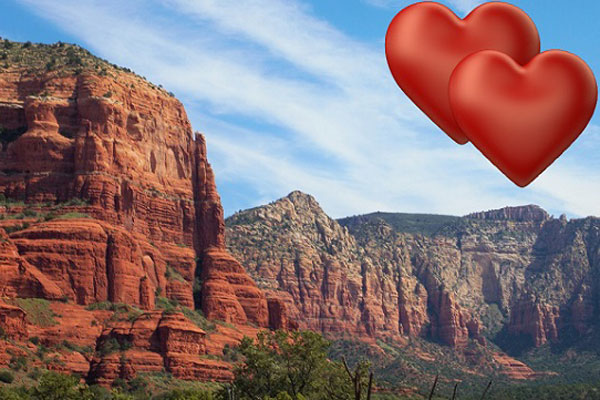
Just like clothes, hairstyles have their day. Just look at any old picture—even one of yourself—and laugh at how your hair has changed over your lifetime. Historians often use the cut of hair to help determine the age of a photo that is unmarked. And it’s not just the ladies whose coiffure matters—men’s styles are just as identifiable.
For instance, from 1840 to 1865, men’s hair was usually worn full and curly. Side and middle parts were common. Unruly hair was oiled down and made to shine with macassar oil. Rural men used bear grease. Sideburns were longer and bushier than earlier days. Full beards and clipped chin beards (like President Lincoln’s) were in vogue.
At the same time, women’s hairstyles included large coils of hair at the nape of the neck, sometimes held back by silk nets or chignon. Middle parts were popular, with ringlets worn over the earns. Hair was often bejeweled with bands, combs, flowers, foliage or strings of pearls.
By the end of the 1800s, men took to the clean-shaven look or little mustaches that were waxed and turned up at the ends. Older men wore huge, drooping “walrus” mustaches. For women, the most prominent style was the psyche knot—hair pulled back from the forehead and knotted on the top.






